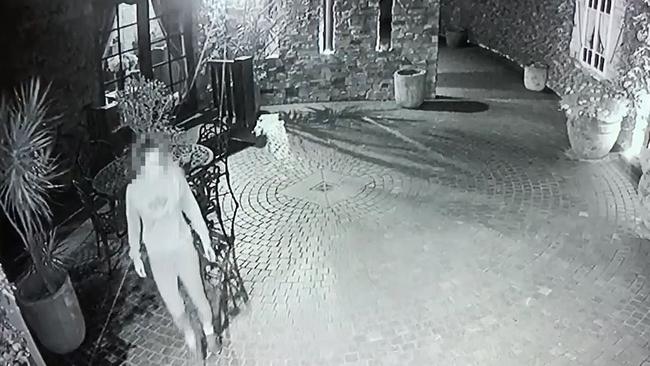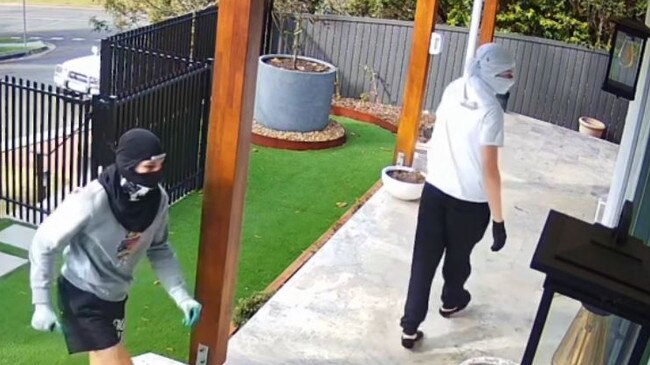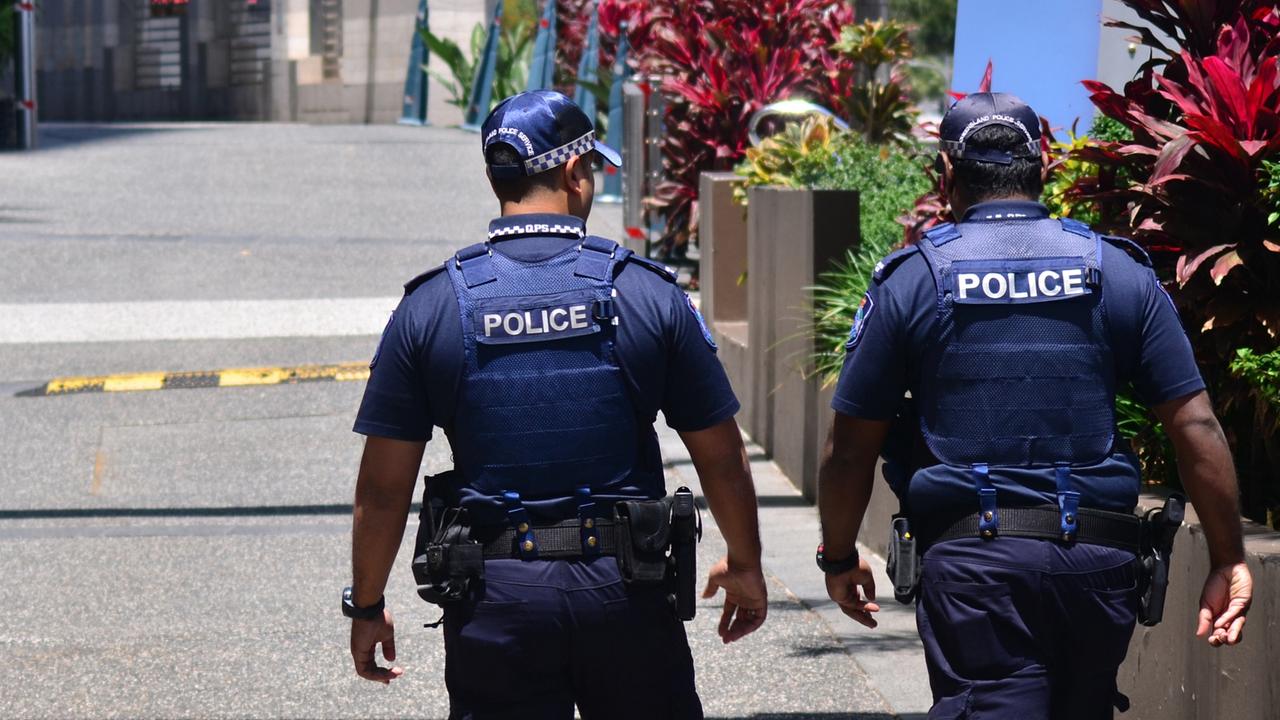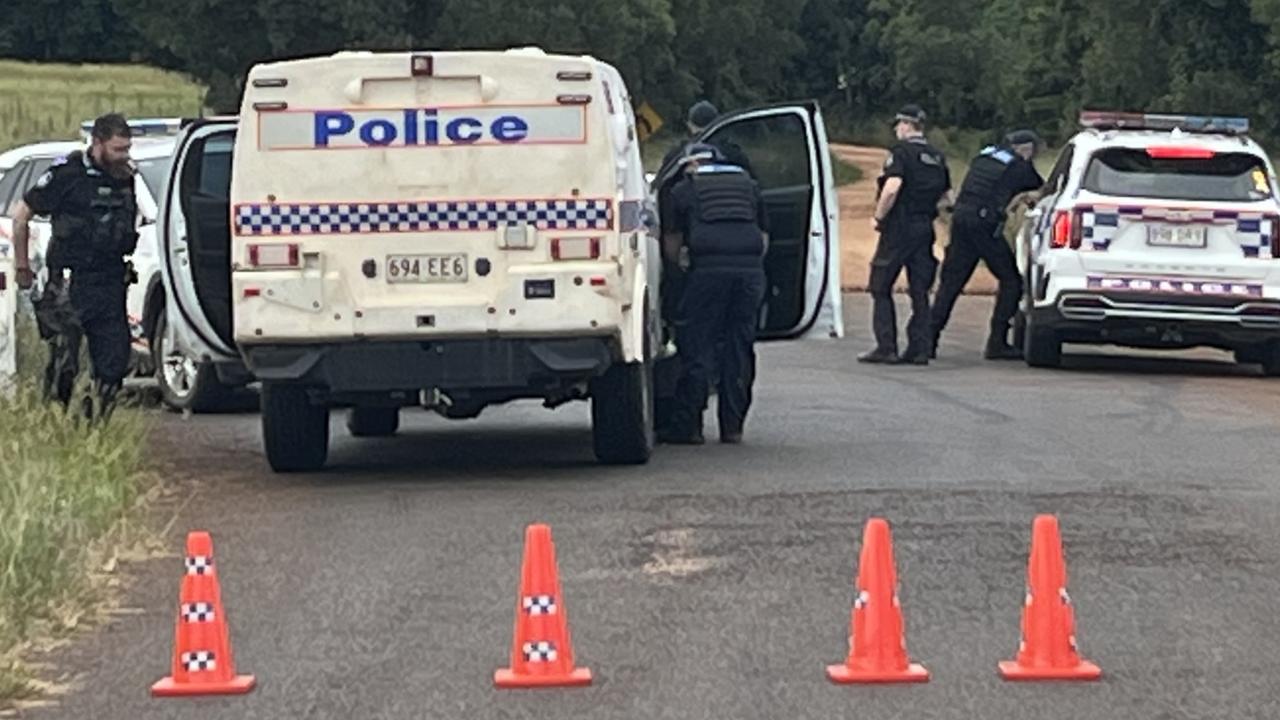Cops push new DNA laws as violent youth crime spirals
Police are pushing for new DNA and bail laws for young offenders as new evidence reveals juvenile crims in Queensland are more violent than ever before.

Police & Courts
Don't miss out on the headlines from Police & Courts. Followed categories will be added to My News.
Police have fought to have dozens of youth crims locked up after they were released by the courts, as new evidence reveals juvenile offenders in Queensland are more violent than ever before.
Senior police also want laws changed so they can take DNA from young offenders without a court order as they can with adults, in an effort to be able to solve more crimes.
In a major policy proposal put to the new LNP government, senior police say bail applications in magistrates courts for serious matters should also be contingent on court-ordered assessments, considering medical and psychological needs of the offending children.
Premier David Crisafulli on Sunday said the state government was “open minded” to the QPS suggestions.
It comes as new figures show the number of violent youth offenders and offences have both increased by about 50 per cent over the last 10 years despite overall offenders decreasing 13 per cent.
Offences involving weapons for 14-16 year-old boys increased a staggering 83 per cent while the number of offences per girl offender increased more than boys.
In one case an 11-year-old girl, charged with 52 offences, has been involved in multiple assaults, armed robberies and has even tried to take a police firearm.
Youth Crime Taskforce Assistant Commissioner Andrew Massingham told The Courier-Mail the police service had put the proposals to the Crisafulli government as police continue to battle with recidivist youth offenders.

“The big one from the investigators is the ability to take DNA from juveniles as an example, so that we can solve a lot of those unsolved crimes that we know are solvable,” he said.
“So at the moment we need a court order to take DNA. We’re able to take biometrics of other types from children. We are seeking an extension of that legislation.
“And whilst we have backlog issues with the laboratory, I think now’s the time to revisit that, because I know there’s a lot of very serious violent offences out there that can be solved where, at the moment, we don’t have the ability to take DNA.”
Mr Massingham, a career detective in the police service who helped solve some of Queensland’s most high-profile murders before taking on youth crime, said it was “quite concerning” children were committing more serious violent offences than ever before.
“And the big one for me, which we’ve been talking about now for over 12 months, is the number of female offenders compared to male offenders in that violent area,” he said.
“We see the rate of offending in girls much higher than boys.”
A 10-year snapshot has also found 64 per cent of all serious violence offences with youths involve knives.
Mr Massingham said he believed there appeared to be a “requirement” of children to carry weapons, post Covid, whether it be “knives, or tyre levers or machetes or fake guns”.
“It just appears to be the way at the moment, that that cohort of people tend to offend, to scare, intimidate, and for them to get what they need,” he said.
Mr Massingham said investigators were seeing children “continually released on bail” for serious offences that suffered from ADHD (attention-deficit/hyperactivity disorder), ASD (autism spectrum disorder), foetal alcohol syndrome, or who had a cognitive impairment.
He said these symptoms or conditions were later used in court as a factor for reduced sentenced.

“But what will then happen is, because that condition goes unchecked (before the court matter is finalised) or undiagnosed, those children reoffend,” he said.
“What I think we need to be looking at is court ordered assessments, so where people appear before the court – I’m not talking about your standard run of the mill garden variety crime – I’m saying those that are where there’s significant violence inflicted and the like that creates significant community harm.
“We should have the ability, before we start talking about bail, to have that child assessed independently, so that the needs of that child can be met and the court can be properly informed as to whether that child is someone that’s going to be a risk to the community and we should release them, or we should be treating them in a way that will get that child the help they need.
“And that should be a condition before bail is even considered, rather than bail being granted and then they may get caught up in the system at some point where they’re offered maybe some sort of third-party treatment. By then, it’s too late.”
Reported offences actioned against youth offenders decreased by 6.7 per cent, comparing 2023-24 with the previous year, which Mr Massingham said was encouraging.
In the financial year to date, compared to the same period a year earlier, offences decreased 10 per cent, with significant drops in robberies, property break-ins and car theft.
Mr Massingham said the breach of bail offences had also decreased 65 per cent.
He said police since March 2023 had appealed 71 lower court bail decisions in the Supreme Court, with 34 applications granted and 26 withdrawn because the child reoffended or breached bail before the hearing, making the success rate 84 per cent.
The number of the worst recidivist offenders, known as Serious Repeat Offenders (SRO), had decreased to 388 in October, from 471 in November 2023.
But he said the group of offenders had significant hurdles to overcome in young life.
“And by that, I mean that one or both parents, for more than half of them have served a period of imprisonment, have been subjected more than half of them again to a history of significant domestic and family abuse, and then you’ve got issues around them being victimised as children, either with sexual assault or with foetal alcohol syndrome,” he said.
“We see that cycle continue to proliferate and expand not to that child, but also to that child’s siblings, who then become SROs.
“And part of our work with our youth co-responders is to identify that cohort of kids early and try and prevent them from going into the system, because we know they’ll be influenced by their older siblings.”
Mr Massingham said police were regularly seeing children present at emergency departments for drug overdoses and for mental health concerns.
“One of the biggest drivers for me has been admissions to emergency wards for at-risk youth, particularly girls,” Mr Massingham said.
“And this is part of the work we have been doing with whole of government, sort of getting health to the table.
“Because we know as police if we are seeing the same kids self-harming, affected by substance abuse, horrendous domestic and family violence circumstances.
“We know if we have taken them up to the hospital three, four, five times in a six-month period, they are going to pop up very soon as a group that has done an armed robbery.
“And we see that continually. Not only that, they then start to turn on their co-offenders and assault them in a violent way. The pattern just continues. It’s those red flags and being able to address that early because collectively we are not thinking around how each agency can do its part.”
Mr Crisafulli said there were yet to be any discussions about the QPS demansd.
“We are in the moment of the first tranche of Making Queensland Safer laws,” he said.
“They’ll pass the parliament this calendar year but it’s not the last of the changes and I’ve said very clearly that there will be future waves of that, including Daniel’s law, which is going to be next cab off the rank.
“There will be future changes and we remain open minded.”
Read related topics:Youth Crime


